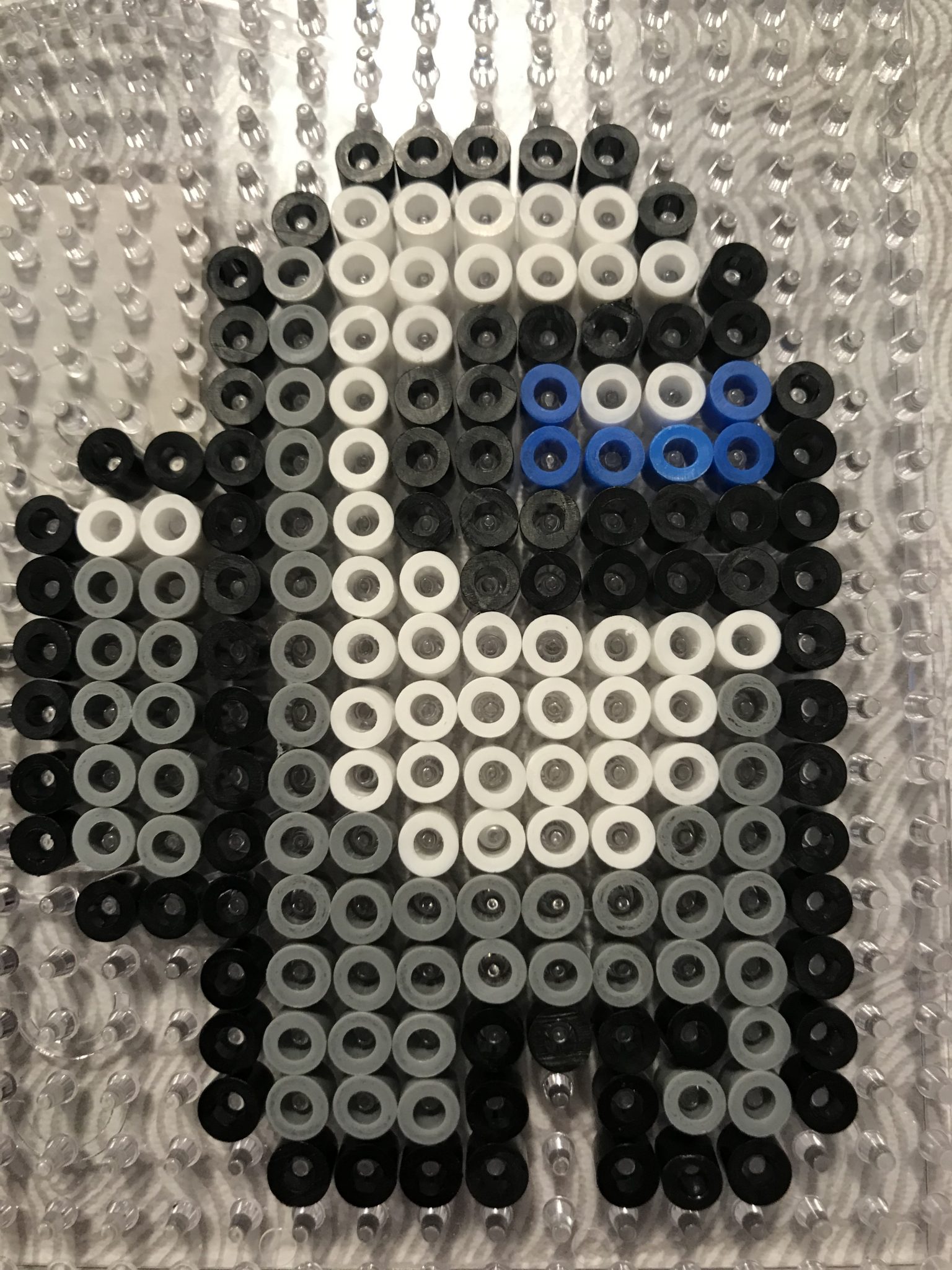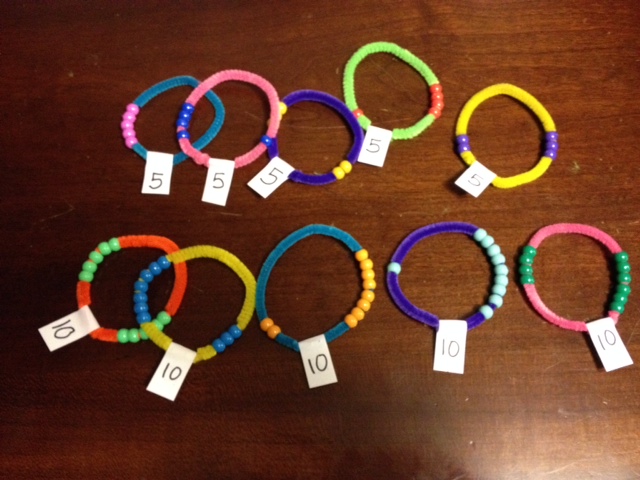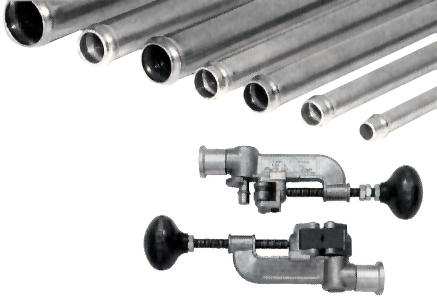

Position of the deceased and/or acted as a talisman orĮven currency in the afterlife. Placed in burial caskets in graves signifying the social Shown below has original excavation patina. "dusty" patina of an ancient excavated bead. The etched bead But they are not! It often takesĪn expert look to distinguish between the shine of a newly made bead and the Note the shine of the white and the brown bead.

This is an excavated casket of beads from the Harrapan culture. But still, the contact with time, air with changing humidity and temperature will create a very subtitle kind of more 'soft' shine Neutral ground or in a safe place like a clay pot and a place with no minus temperatures, it can be difficult to see whether the bead is old or new. In such environment, even the air surrounding the beads will not affect The beads displayed above has together with the beads displayed below been found in the yellow area. Red = acid, blue = alkaline, yellow = neutral Only give away of the true age of the bead is its soft sheen/patina and However, the middle part of Burma, like Matehtilay has aīig area where the sandy soil has a neutral PH-value. Lower Burma has some small areas withĪlkaline earth. Has been found in the sandy earth in Matehtilay, Maline in Burma. Reflection when seen in an intense source of light, especially sunlight.ĭisplayed above is a wonderful ancient Burmese bead who Even beads who have been in a PH-neutral sandĪre different from newly made ones. Years ago or recently is the sheen of the bead and the quality and One thing can determine whether the beads have been made a thousand Surface of the beads will look like they were made yesterday! Then only

In a case of beads which haveīeen sleeping in PH-neutral soil or even much more so in sand, the Process will slowly vanish as time goes by. Even if it is not colored, as shown in theĪbove-displayed beads, the delicate and subtle grooves made in the polishing There will be a clear chemical evidence on the surface of the beads In a case of a bead resting in soil with a PH-value below or above 7,
Make bead numbers bigger bead tool 4 full#
In this case, aĬombination of oil, gas, and pressure has done the job.īurma is a land full of natural resources such as oil and gas, and therefore we here find quite a fewĪncient beads with the discoloring showed above.Įxcavation beads found in PH-neutral surroundings This bead could easily be categorized as a new one, were it not for theĭiscoloring signature left by the embrace of resting for hundreds of years in the acidic soil:Įtched Burmese carnelian bead with oil & gas patinaĮlongated carnelian bead from the lower part of the Thy have not contributed to theīelow is a photo of a large carnelian bead. Here you can observe some more ancient beads that have been colored by the soil. It is rare that a bead gets more beautiful by the contact with the sweat of the earth. Moist ground with a PH value either below or above 7. The bead during the long time it was buried in an often Like calcium, leeching into the surface of Impressive! This clouding is probably caused by minerals I think you will agree with me that the outcome is The final appearance of an ancient stone bead is a product ofĪncient agate eye bead. Three types of soil where beads can sleep their often millennia-long sleep: Alkaline, Three kinds of earth - acidic, alkaline or neutral PH-value The first kind of patina I have chosen to call the sweat of Earth. The last one is observed in burial casket beads. Types: The one that is created by the beads contact with the earth and another more subtle shine made through the beads contact with air in for thousands of years! Kind of patina a bead will get, not from wearing, but from being buried in the ground for centuries. Reaction on the surface of the stone bead. ThisĪnd is a result of soil, dirt and temperature differences causing a First, we will look at what I have called the sweat of earth. There are two kinds of patina: One made of time and earth and the other by time and human skin. Ancient beads develop on the surface a kind of tarnish called patina. Start with observing the surface of the bead andĮnd in the hole. The world's first urbanism in the sense that civilization Thisĭivision of bead labor reaches back to the ancient Other cases varying from place to place and time to time,Īn artisan might master more of the skills.

In some cases, all five steps would be separated. For a single craftsman, it is notĮxpected to work through all the steps of making a Since the time of the mysterious Indus ValleyĬivilization, the process of bead making involvedĭivision of labor and specializations in the various Don't in any way take this as a scientific I will unfold some of the wonders in ancient bead


 0 kommentar(er)
0 kommentar(er)
